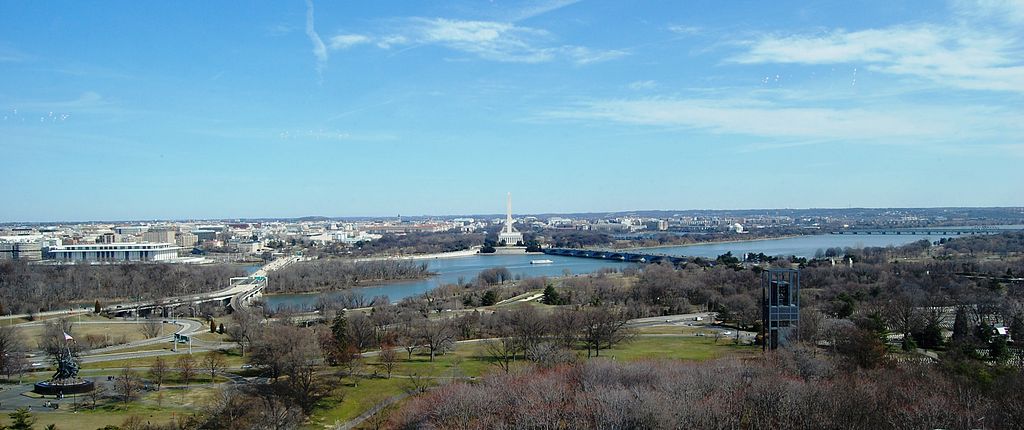
As I live and work in Northern Virginia, just a few miles outside of Washington, DC, the local situation is of interest to me, as I suspect it is to a few other readers. Again, all the data is from the Johns Hopkin’s website (which I gather is also maintained in the DC area), as of 10:51:42 AM: Johns Hopkins CSSE
The DC area is rather sprawling, with over 5 million people scattered across DC, Virginia and Maryland. Let me list the presence of virus by location. Population is the 2018 estimate from Wikipedia:
……………………………….Population….Cases….Deaths
Washington D.C…………..702,445……..507………9
Arlington, VA………………..237,521……..104………2
Alexandria VA………………160,530……….30
Fairfax County, VA……..1,150,795……..244………2
Falls Church, VA…………….14,772
Fairfax City, VA………………24,574
Loudoun County, VA……..406,850………..87………1
Prince Williams C., VA……468,011……….94………1
Manassas……………………….41,641
Manassas Park………………..17,307
Stafford Country, VA……….149,960……….24
Fredericksburg, VA…………..29,144…………1
Montgomery C., MD……..1,052,567……..447……..1
Prince Georges C., MD……909,308……..403……..7
Total…………………………5,365,425….1,941…….23
The Mortality Rate for the area is 1.18%. The population known to be infect is 0.04%. or one confirmed case for every 2,764 people. From my observations, most people are doing a reasonable job of self isolating. Probably easier to do in this more spread out suburban area than in some cities.
The Washington DC statistic area according to some also includes Warren, Clarke, Fauquier, and Spotsylvania Counties in Virginia, Jefferson County in West Virginia, Frederick, Howard, Charles and Calvert Counties in Maryland. I rarely go to these places.

Chris, speaking of the effects of self-isolating, here’s an observation from the Director of Georgetown Lombardi Comprehensive Cancer Center (who also mentioned in a Zoom meeting that I attended during the afternoon that 2 patients have died from the virus at MedStar Georgetown University Hospital):
“I saw an interesting graph today, tracking social distancing measures (based on cell phone location data) in DC vs. documented new cases. Interestingly, as sheltering in place has basically taken hold, the expected surge in new cases so far appears to be blunted (perhaps). Wouldn’t it be nice if that turns out to be a prophetic observation? We will see.”